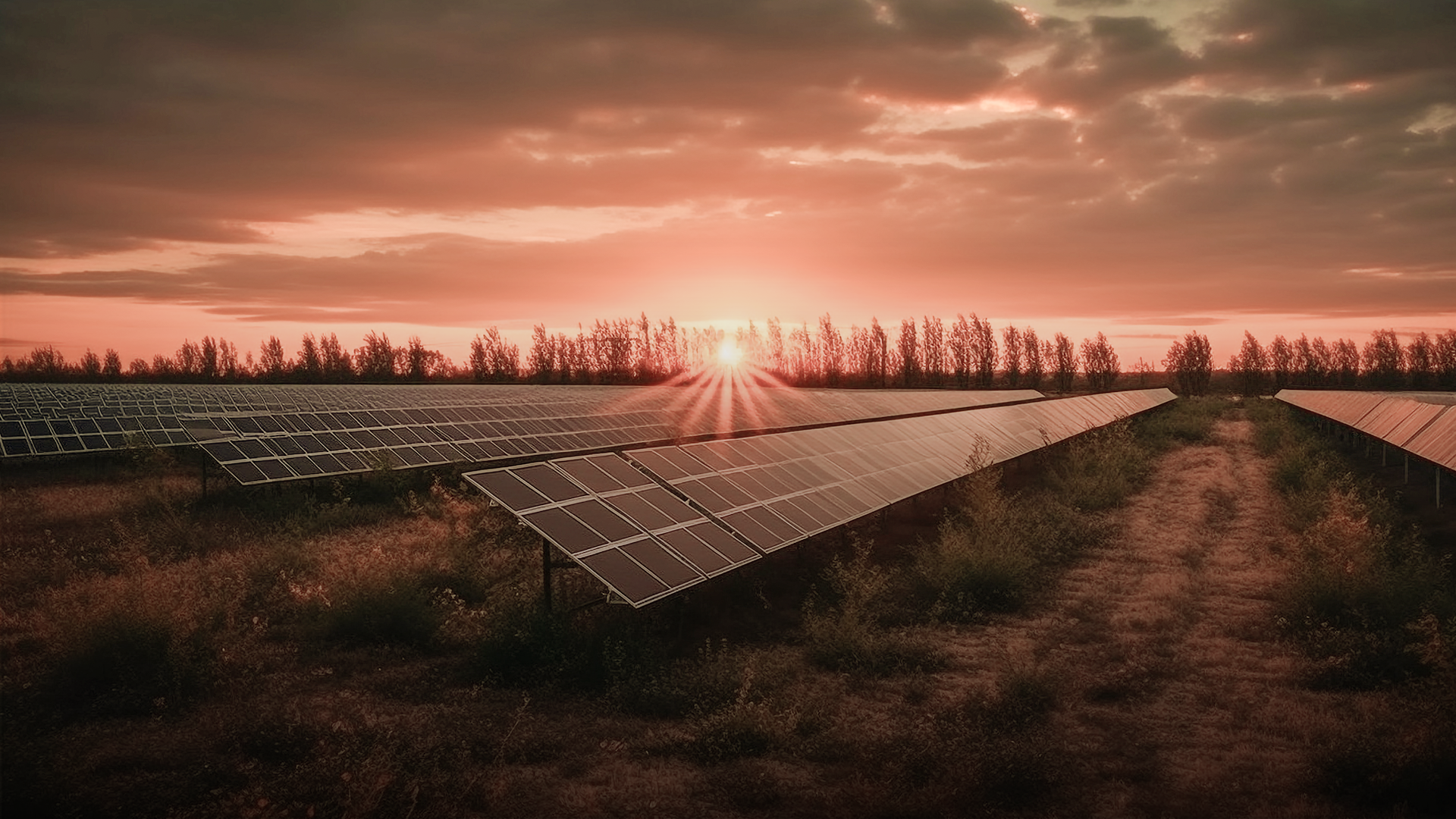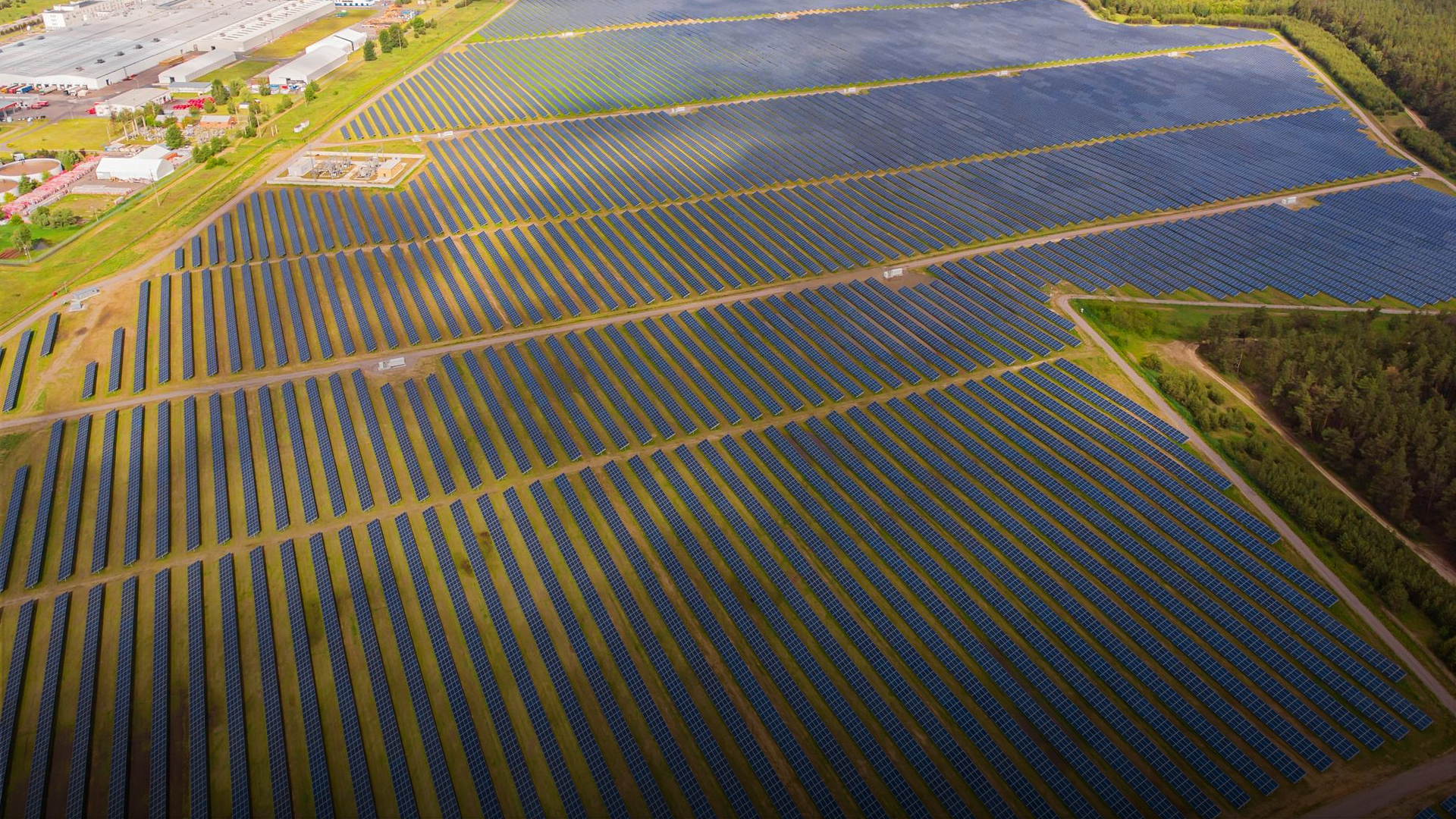In a significant milestone for renewable energy, solar power has overtaken coal in the European Union’s electricity mix. According to data from energy think tank Ember, solar power provided 11% of the EU’s electricity in 2024, up from 9.3% in 2023. This marks the first time solar generation has surpassed coal, which fell to less than 10%. This shift comes as the EU aims to reduce emissions, meet climate goals, and boost energy security through increased renewable power generation.
The Rise of Solar and the Plateau of Wind Power
The surge in solar power is part of the broader push by the EU to increase renewable energy. Meanwhile, wind power has leveled off at 17.4% of the EU’s electricity mix. Even though 13 GW of new wind capacity was added in 2024, less favorable wind conditions contributed to lower-than-expected generation. This highlights the challenges of relying on wind power, which can be highly variable depending on weather conditions.
Also read: Convergent Energy Secures $584.5 Million Loan for Solar and Battery Storage Projects
Wind Power’s Future in the EU
The EU remains committed to boosting its wind power capacity, with a target of having wind power account for 34% of the electricity mix by 2030. However, experts believe that more action is needed to achieve this goal. Streamlining the permitting process for new projects is one of the key factors that will help the EU meet its wind energy targets.
Nuclear Energy and Gas-Fired Power in the EU’s Mix
Though renewable sources are gaining a foothold in the electricity generation mix, the EU’s top provider of energy is still nuclear. Nuclear generated 23.7% of the electricity supply in 2024, edging up only slightly from its 23% share in 2023, while gas-fired power fell back to 15.7%, having peaked at 16.9% the prior year.
Challenges Ahead for the EU’s Energy Transition
The EU faces an energy transition which is a rather complex issue for it, to replace fossil fuels with renewables. Solar and wind energy continue growing while challenges in terms of wind variable conditions and the need for efficient permitting processes are significant. Nuclear and gas-fired generation still remain within the energy mix. Nevertheless, the pace at which the EU has moved towards solar energy illustrates the capability that renewable sources could have on the electricity sector in the region.




